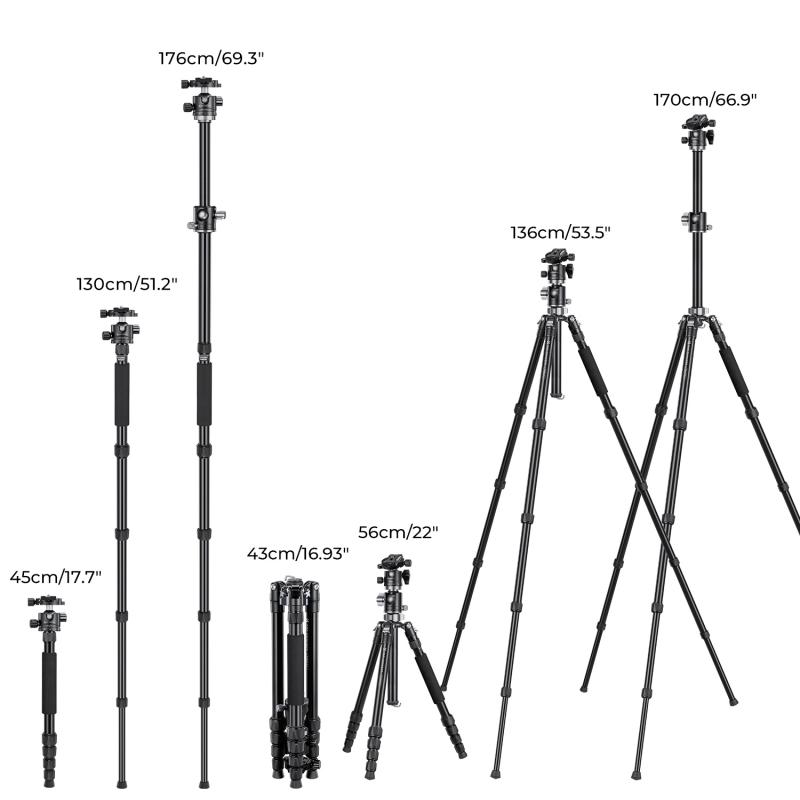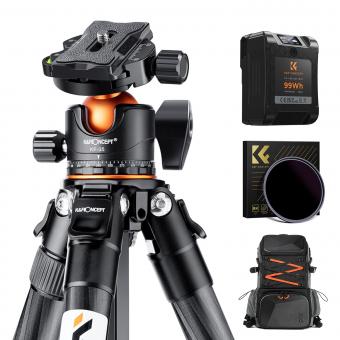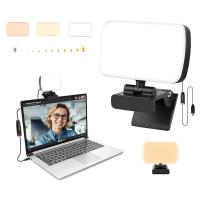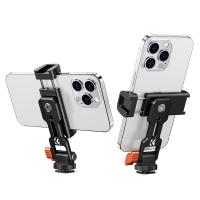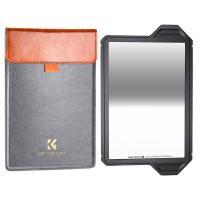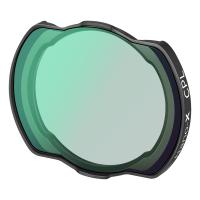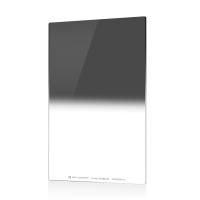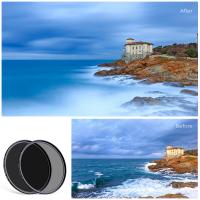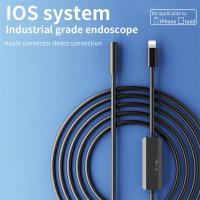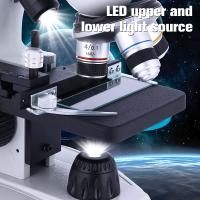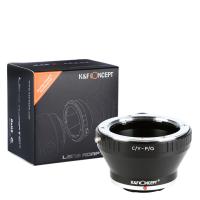How To Use Tripod As Monopod ?
To use a tripod as a monopod, you can follow these steps:
1. Extend one of the tripod legs fully and loosen the locking mechanism.
2. Remove the other two legs from the tripod head.
3. Tighten the locking mechanism of the remaining leg.
4. Attach the camera to the tripod head.
5. Hold the tripod leg with one hand and use the camera with the other hand.
By following these steps, you can use a tripod as a monopod. However, it's important to note that using a tripod as a monopod may not provide the same stability as using a dedicated monopod.
1、 Detaching one leg to create a monopod
Detaching one leg to create a monopod is a simple and effective way to use a tripod as a monopod. This technique is especially useful when you need to move around quickly and don't want to carry a separate monopod. Here are the steps to follow:
1. Extend the tripod legs to their full length and lock them in place.
2. Choose one of the legs and loosen the locking mechanism at the top of the leg.
3. Pull the leg out of the tripod head and extend it to the desired length.
4. Tighten the locking mechanism to secure the leg in place.
5. Attach your camera or other equipment to the tripod head.
6. Hold the detached leg like a monopod and use it to stabilize your camera while shooting.
It's important to note that using a tripod as a monopod may not provide the same level of stability as a dedicated monopod. However, it can still be a useful tool in certain situations. Additionally, some tripods may not be designed to support the weight of a camera when used as a monopod, so be sure to check your tripod's specifications before attempting this technique.
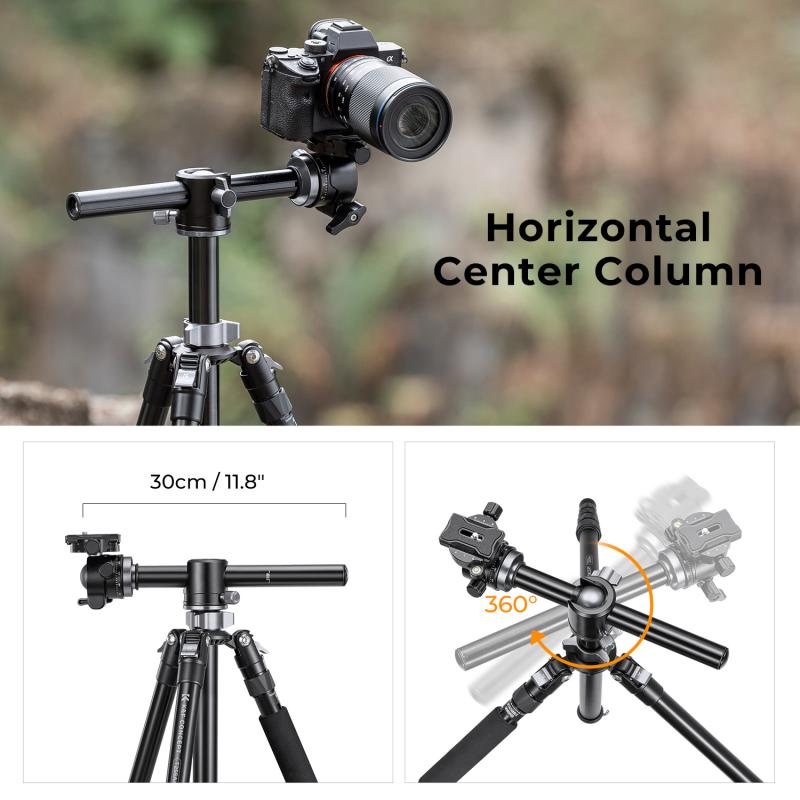
2、 Adjusting the height and stability for monopod use
Adjusting the height and stability for monopod use is an essential step in using a tripod as a monopod. The first step is to extend the tripod legs to their maximum height and lock them in place. Next, remove the center column and attach it to the tripod's leg, which will serve as the monopod. Adjust the height of the monopod by loosening the leg locks and sliding the leg up or down to the desired height. Once the height is set, tighten the leg locks to secure the monopod in place.
To ensure stability, it is important to spread the tripod legs wide apart and place them on a stable surface. This will help prevent the monopod from tipping over. Additionally, adding weight to the tripod's center column can help increase stability. This can be done by attaching a weight bag or hanging a camera bag from the center column hook.
It is important to note that using a tripod as a monopod may not provide the same level of stability as a dedicated monopod. However, it can be a useful alternative when a monopod is not available or when traveling light. It is also important to check the manufacturer's instructions to ensure that the tripod is designed to be used as a monopod.
In conclusion, adjusting the height and stability for monopod use is a crucial step in using a tripod as a monopod. By following these steps, you can effectively use your tripod as a monopod and capture stable shots on the go.
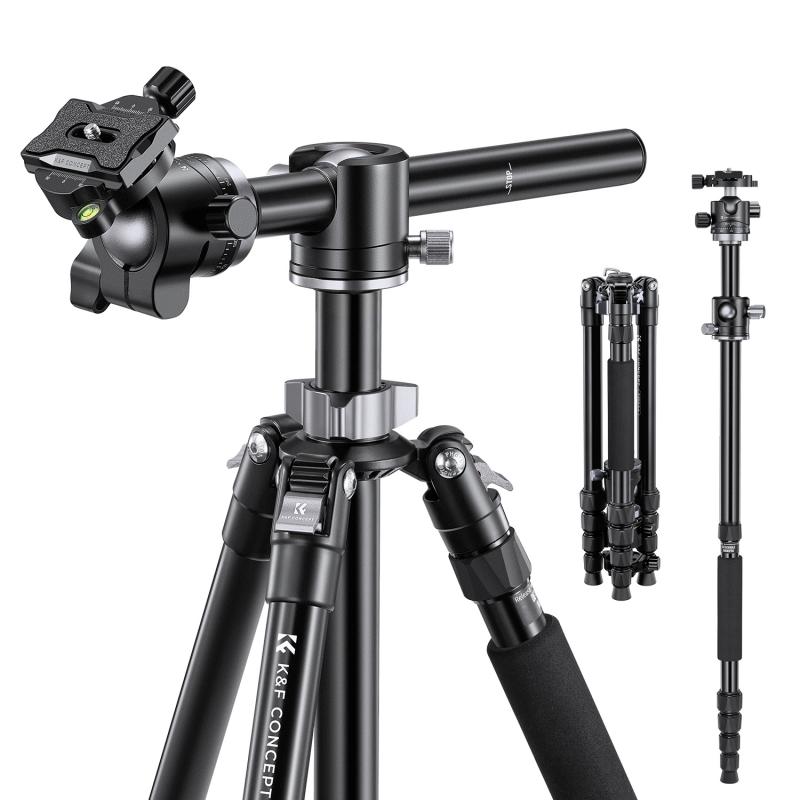
3、 Using the tripod head for monopod movement
How to use tripod as monopod:
Using a tripod as a monopod is a great way to stabilize your camera when you don't have a dedicated monopod. Here are the steps to follow:
1. Extend one leg of the tripod to its maximum height and loosen the locking mechanism.
2. Remove the other two legs from the tripod head and fold them up.
3. Tighten the locking mechanism on the remaining leg to ensure it is secure.
4. Attach the camera to the tripod head and adjust the angle as needed.
5. Hold onto the extended leg of the tripod and use it as a monopod to stabilize your camera.
Using the tripod head for monopod movement:
Another way to use a tripod as a monopod is to detach the tripod head and use it as a monopod. Here are the steps to follow:
1. Detach the tripod head from the legs.
2. Extend the center column of the tripod head to its maximum height.
3. Tighten the locking mechanism on the center column to ensure it is secure.
4. Attach the camera to the tripod head and adjust the angle as needed.
5. Hold onto the center column of the tripod head and use it as a monopod to stabilize your camera.
It's important to note that using a tripod as a monopod may not provide the same level of stability as a dedicated monopod. However, it can still be a useful technique in situations where you don't have a monopod available. Additionally, some tripods come with a detachable monopod leg, which can be a convenient option for photographers who frequently switch between tripod and monopod use.
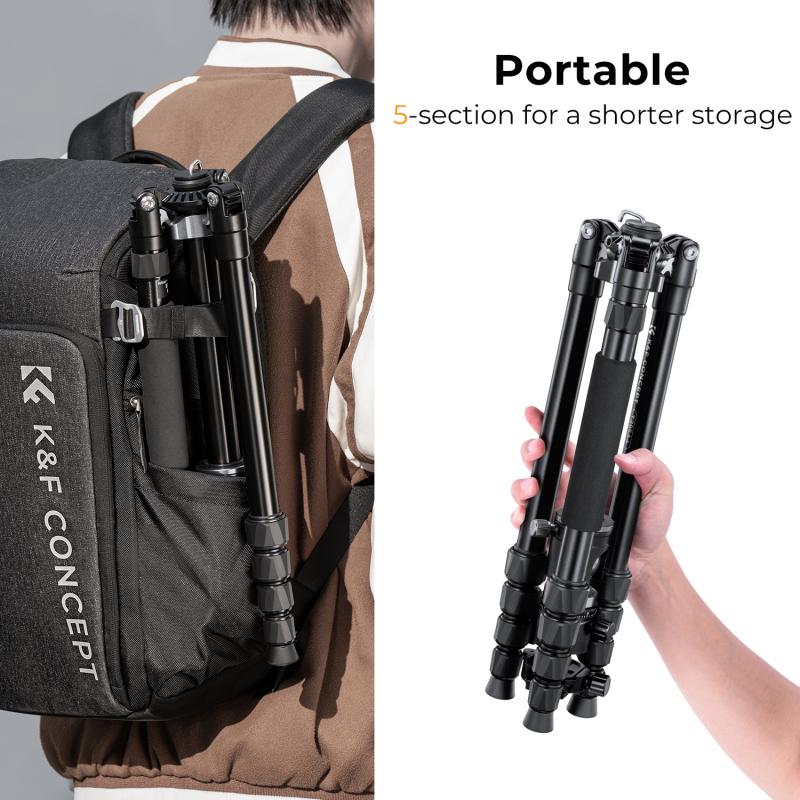
4、 Adding a monopod head for better control
How to use tripod as monopod:
Using a tripod as a monopod is a great way to stabilize your camera when you don't have a full tripod available. To use a tripod as a monopod, simply remove one of the legs from the tripod and extend it to the desired height. Then, attach your camera to the tripod head and use the single leg as a stabilizing support.
Adding a monopod head for better control:
While using a tripod as a monopod can be effective, adding a monopod head can provide even better control and stability. A monopod head is a small attachment that allows you to tilt and pan your camera while it's attached to the monopod. This can be especially useful for sports or wildlife photography, where you need to quickly adjust your camera to capture fast-moving subjects.
The latest point of view:
In recent years, there has been a trend towards using monopods instead of tripods for certain types of photography. Monopods are lighter and more portable than tripods, making them ideal for travel or outdoor photography. Additionally, monopods can be used in situations where tripods are not allowed, such as in museums or other public spaces.
Overall, whether you choose to use a tripod as a monopod or invest in a dedicated monopod, both options can provide valuable stability and control for your photography.
